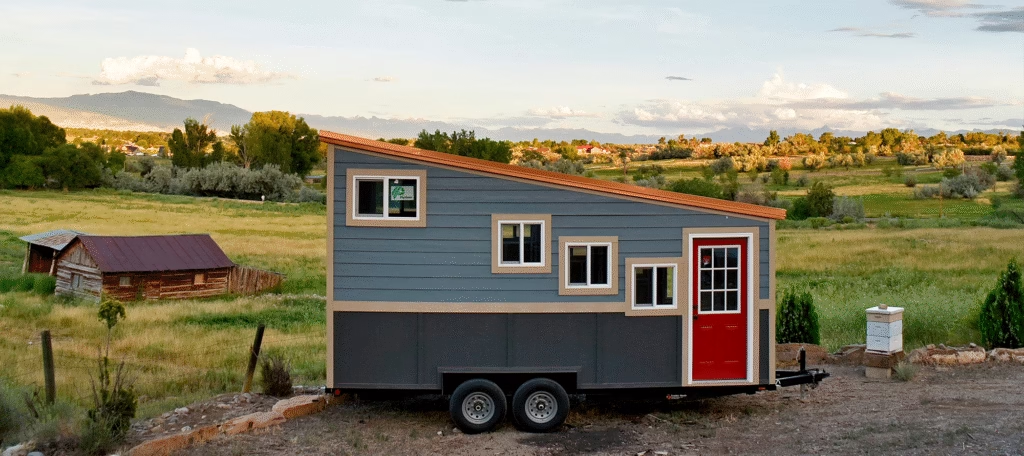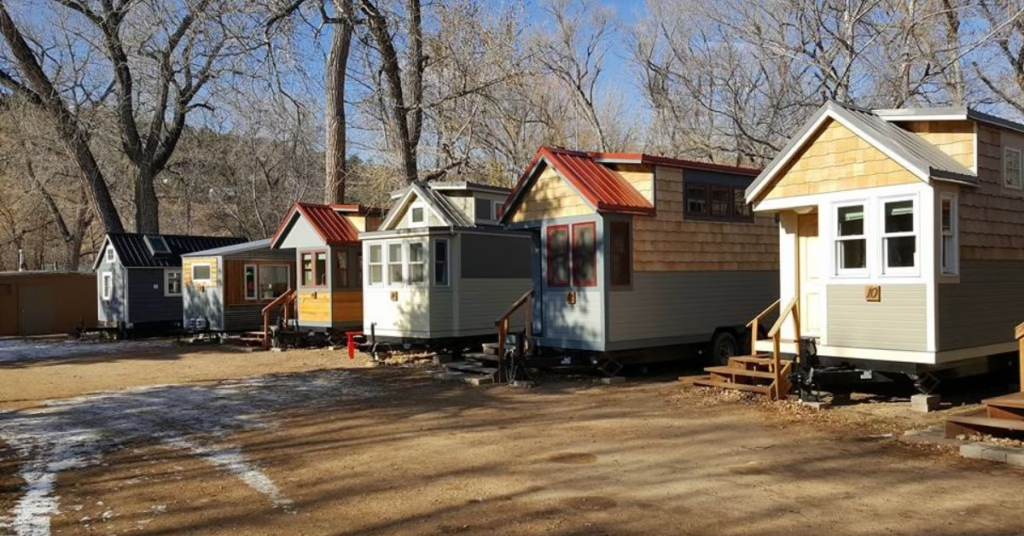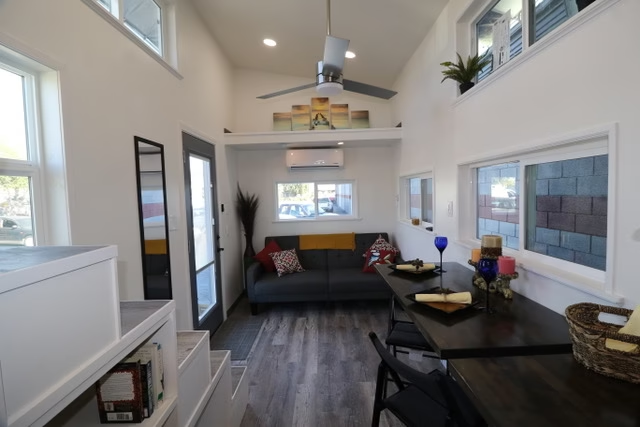The rise of compact living space has presented an attractive question for home owners, builders and municipalities: how the Tiny House Code varies, where you live and what kind of structure you are building? With increasing interest in alternative housing, many people are searching for options such as small houses, secondary housing units (ADU), and small mobile housing. Understanding the regulatory landscape is necessary for anyone to consider a low lifestyle or add a small unit to your property.

Understand the basics of Tiny House Code
Tiny House Code refers to the rules and sets of building standards that control the construction, placement and use of small houses. Unlike traditional residential housing code, small home codes often address unique aspects such as minimum square footage, dynamics, utility connections and zoning classifications. These codes are not the same across the country or even within the same state, which makes it important to do research on local needs before planning the build.
For example, some courts considered a small house on wheels as RV, while others need to meet residential building standards. The interpretation of the Tiny House Code often depends on whether the house is in the form of permanent residence, seasonal use, or an auxiliary structure.
Regional variations in small houses regulations
One of the most important factors affecting the Tiny House Code is the geographical location. Separate states, counties and cities have their own rules, which often shape by climate, land use preferences and population density. Rural areas can be more flexible, allowing off-grid or semi-stagnant setup, while urban centers often impose strict guidelines due to infrastructure demands and zoning boundaries.
For example, a small house in a coastal city may require a storm or flood resistance standards to be met, while in a northern region may be subject to an insulation and ice load requirements. These regional differences can dramatically affect the design options, materials and the overall viability of the construction of a small house.
Effect of zoning laws on small houses
Zoning laws are another major element that affects the Tiny House Code. How to regulate the building code how a structure is made, the zoning laws determine where it can be placed and how it can be used. Many urban areas restrict the use of small houses as primary habitats, instead allow them only as secondary housing units (ADU).
Zoning codes often determine minimal lot size, failures, and whether a small house can share utilities with primary residence. In some areas, creating a legal ADU requires compliance with special permits and additional guidelines, especially in the neighborhood with historical protection or homeowner association (HOA) rules.
Construction type ideas for small houses
The type of small house you plan to build, it plays a major role of how the code applies. There are usually three main categories: small houses on the wheels, foundation-made small houses, and secondary housing units. Each category comes with separate regulatory challenges.
When permanent foundation is not laid, they are often under recreational vehicle rules. It can allow for mobility and temporary life but can limit the year -long occupancy depending on local laws. On the other hand, in foundation-made small houses, traditional residential building code including structural, electrical and plumbing standards should be completed. ADU can sometimes bypass some restrictions, but still follow local ordinances controlling size, height and occupancy.
Role of Adus in small life
Secondary housing units are rapidly popular as cities seek ways to expand housing options without widespread new development. Many property owners consider building or purchasing an ADU to provide housing for family members, generate rental income or make a flexible living system. Searching for an ADU for sale has become a common entry point in small living movement.
In some areas, Adus is subjected to streamlined approval procedures, making them more possible than independent smaller houses. However, they often come up with minimum size requirements that exceed the dimensions of a traditional small house. Understanding these distinctions is necessary for homeowners to make a stand-alone a small house and a decision between an attached or separate Edu.

General challenges in Tiny House Code Compliance
One of the biggest obstacles for the aspirations of small household owners is navigating the patchwork of codes and rules. Since there is no nationwide standard for small homes, builders often face delays or additional costs when adopting designs to meet local requirements.
Some common challenges include completing minimal roof heights, integrating proper hygiene systems and ensuring that the structure meets energy efficiency standards. Additionally, municipalities may require evidence of permanent utility connection, which may be difficult for off-grind setup. Quickly addressing these concerns at the phase of the scheme helps to avoid expensive amendments later.
Future trends in small home regulation
The demand for cheap, flexible housing is inspiring more municipalities to see its building and zoning code again. Tiny house code frameworks are developed to provide clear guidance and reduce obstacles for admission to small houses. Some states have adopted the state -wide small home appendix, while others are experimenting with pilot programs that allow enlarged flexibility in housing design.
Since stability and urban density become central concerns, small homes and Adus are likely to play more role in future housing strategies. This trend can lead to more similar standards, making it easier for builders and homeowners to follow innovation and innovation in the content.
Conclusion
The Tiny House Code is away from a size-fit-All. This region varies dramatically by zoning designation and building types. Whether you are considering a mobile small house, a foundation-built small house, or an adu, it is important to understand the local regulatory environment. Increase in interest to stay compact, highlights the need for clear and more accessible rules, including an ADU discovery for sale. By researching the requirements of your field, engaging with local authorities and designing with compliance keeping in mind, you can navigate these complications and create a safe, legal and durable small home style.
Questions to ask
1. What is the difference between a small house and an ADU?
A small house is generally a small, independent housing that can be mobile or permanent, while an auxiliary housing unit (ADU) is an additional living space that is made the same as a primary residence.
2. Can I live in a small house throughout the year?
It depends on local rules. Some areas allow permanent residence in small homes, while others limit them to seasonal or temporary use.
3. How does zoning affect small homes?
Zoning determines where small houses can be kept, which utilities they should connect, and whether they can serve as primary residence or only as secondary units.
4. Does all small houses need to complete the residential building code?
Not always. Small houses on wheels can fall under RV standards, while foundation-made small houses should usually follow residential codes.
5. What are the size boundaries for small homes?
Yes, most of the courts have minimum and maximum size requirements, which vary depending on building type and intended use.







